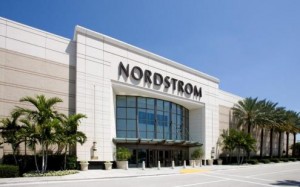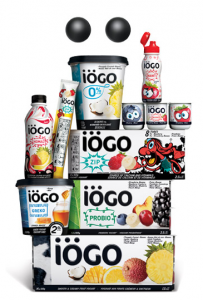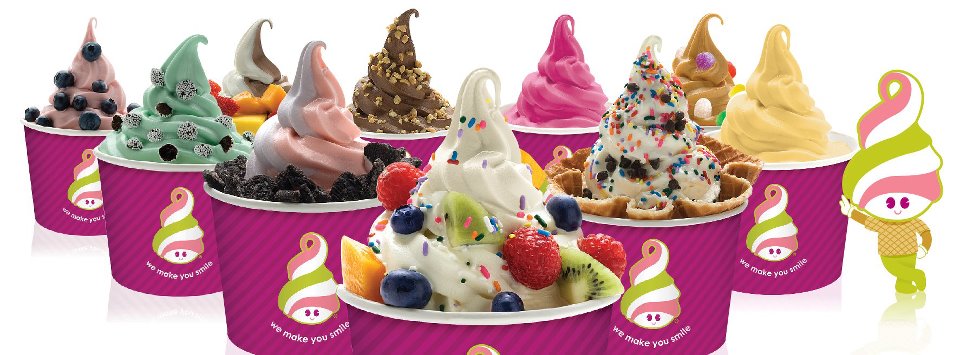Though John Lewis is a UK retailer, their Christmas ads are so heart-warming that even viewers (like me) who are not familiar with the brand are intrigued by its ads.
Here is my personal favourite, the 2012 John Lewis Christmas ad, “The Journey”.
This ad begins in a family’s snow-covered garden, with children making a snowman and snowwoman. When the snowman has mysteriously disappears the next morning, the viewers are taken on a magical journey with the snowman across river, mountain, road and city. The mission of the snowman is revealed in the final scene and conveniently features John Lewis products in a subtle but powerful way.
Just as a comparison, here is the 2011 John Lewis Christmas Ad, “For gifts you can’t wait to give”.
This ad follows a little boy who impatiently counts down to Christmas from December 1st. Though it seems he is eagerly waiting for his presents to arrive on Christmas, the twist at the end wraps up the moral of the ad beautifully. As stated by JohnLewisRetail‘s youtube channel, “there is something even more wonderful than receiving the perfect gift, and that is knowing you have found the perfect gift for someone you love”. This ad effectively conveys the feeling of excitement and anticipation you get when you have found that perfect gift for someone and cannot wait for Christmas to come. And of course, the ad leaves a strong impression that the “perfect gift” exists at John Lewis.
After seeing many Christmas ads throughout the years, I have noticed a common theme. Most Christmas ads tend to portray family vignettes, love stories, and festive activities that relate back to the company’s products. However, since Christmas is widely known as the “shopping” and “gift-giving” season, many stores have special ads and promotions tailored towards this special season. Hence, ads these days have to significantly stand out in order to attract customers. I feel that the above two ads were very successful in attracting attention, sparking viewers’ interest and adding value to John Lewis’ product offerings.



